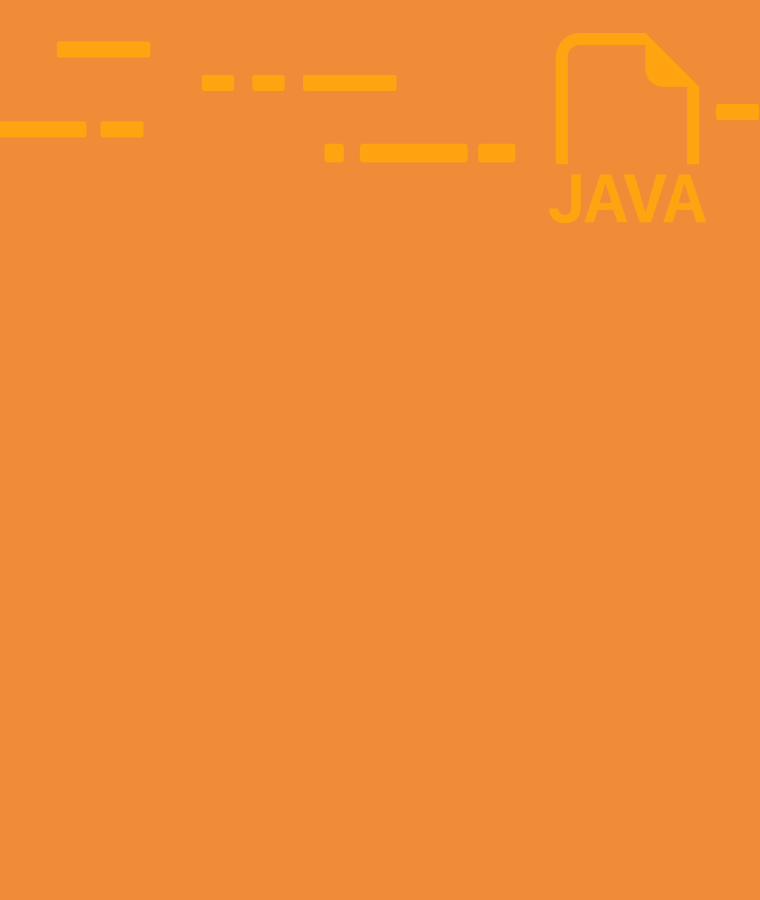
How To Get Started With No-Code and Low-Code
Imagine your boss asks you to develop custom software for your company. But you and your team don’t have the time or experience in coding. And there’s no developer available at the moment as well.
Panicking? Well, don’t. With low code/no code programming, you don’t have to be a developer to do any programming-related task.
In recent years, many platforms have made it possible for programmers with little to no development experience to deliver software while meeting the needs of professional developers under time pressure.
Without worrying about the specifics of underlying operating systems or scalability needs, this new generation of low-code and no-code platforms makes it simple for individuals to develop, build, and launch apps.
When researching low-code development, you’ve encountered the “low-code vs no-code” debate. “Low-code vs no-code” makes you wonder. Let’s look at the low code/no code concept and how this programming can make your life hassle-free.
Are Low Code and No Code Different Approaches?
Low Code and No Code are two different ways to describe the same thing: software that’s easier to develop. Low and no code are not new technologies, but the trend is gaining momentum as the demand for digital transformation grows.
What is a Low Code?
In low code, you can develop by simple drag and drop approach. You don’t need to type any code. Low code platforms offer built-in security, data management and business logic. These help you get more done with less effort. They also allow you to customize your app’s look.
No Code? What’s That, Then?
No code refers to a software development method. With this, business users can build apps without writing code! With no code platforms, you don’t need to install an SDK. Also, you don’t need to learn to report any new languages like HTML5 or JavaScript. You need to type in your content. Simply add some functionality using an intuitive dashboard interface.
Low Code vs No Code
| Low Code | No Code |
| Low-code platforms are aimed at developers | No-code platforms, on the other hand, target business users. |
| In low-code platforms, this is done by allowing the user to change or add code, which affects how the application works. | On the other hand, no-code platforms only have a single version at any given time. |
Benefits of low-code and no-code platforms
- It’s easy to learn: With a low-code platform, you will face fewer steps when using an application than its traditional counterpart. The low-code venue may be more accommodating if you’re not proficient with coding.
- Save time: These platforms are fast. They have drag and drop capabilities that help them to complete a development task in no time. They can take weeks or months off the time it takes to build a new application or system. You don’t need to know how to code or have any programming experience.
- No need to hire developers: Since you can build an application yourself, there’s no need to hire developers. This saves time, money and effort for businesses looking for the same results.
- Create applications faster than traditional methods: Low-code and no-code platforms allow you to build applications more quickly. They need less coding and fewer hours spent on design. You drag and drop elements into place on your page instead of writing thousands of lines of code. It’s quick, easy, and convenient — just what every business needs when creating an application from scratch.
- Enhanced abilities for non-IT professionals: Non-IT professionals can use low-code and no-code platforms to develop custom applications without becoming programmers. This means they have access to more problem-solving skills than before, which can be a huge advantage in many situations.
- No hassle of mundane programming activities: As the name suggests, low-code platforms allow you to build applications without writing code. This saves you time on everyday programming activities like writing code, testing it and deploying it. You can focus more on solving business problems instead of wasting time on these tasks.
Top 10 Low Code/ No Code Tools
You can learn about and use the low-code or no-code solutions offered by the following software and development teams:
- Google AppSheet: Google AppSheet is one of the most popular low-code platforms. It’s a spreadsheet-like app. It allows users to build mobile, web, and desktop apps without writing code.
- Looker 7: Looker 7 is a data analytics platform. It enables you to create dashboards, reports and visualizations quickly. You don’t need to write SQL queries or deal with database design.
- Mendix: Mendix is a powerful low-code platform. It allows users to create mobile, web, or desktop applications using drag-and-drop UI components instead of writing code.
- Microsoft PowerApps: With this platform, you can build custom business apps. It has templates or layouts that can be customized with your data and content. You can also share these apps with others in your organization or outside it. The platform is available as both on-premises software and an Azure cloud service.
- LANSA’s: LANSA’s low-code development platform improves the development of business apps. It allows you to build up prowess.
- OutSystems: Businesses can make apps for many platforms using OutSystems. The platform’s useful features are real-time performance dashboards and robust security features.
- Zoho Creator: Marketers are familiar with Zoho. Thanks to its customer relationship management (CRM) solution. A straightforward platform for no-code or low-code creation, Zoho Creator, has excellent visual capabilities. Several features are combined with an appealing UI, making it adaptable.
- Retool: Retool provides rapid development with minimal code. The interface is user-friendly. It allows the creation of the application’s user interface (UI). Also, it aids in finding the key design components.
- Studio Creatio: It is an intelligent low-code and process management platform. It comes with pre-built templates and solutions. Ready-to-use apps and solutions can extend the platform’s functionality from Creatio Marketplace.
- Code2: Code2 has a sophisticated visual editor and drag-and-drop user interface. You can design scalable web apps with pixel-perfect designs and effective workflows. Code2 takes care of setup, hosting, launching, and scalability for you.
Issues on low-code and no-code
Low-code and no-code platforms provide an alternative to traditional software development, giving organizations greater flexibility and control over their systems. But before you run off with this approach, you should consider some of the risks involved.
Security
One of the biggest risks with low-code/no-code applications is security. Traditional software developers have years of experience with coding best practices and can identify potential security issues before they become problems. Low-code/no-code users don’t have this experience; therefore, they may not properly know how to protect their applications from potential breaches or attacks.
Extensive Training Required
Another risk associated with low-code/no-code platforms is the extensive training required for users who want to create their applications – particularly if they are unfamiliar with coding languages and other programming concepts. This can result in delays in getting new systems up and running and additional costs for training resources.
Low Visibility
Because business users code these applications, there is typically little visibility into what they contain or how they work. This can make it difficult for IT admins to troubleshoot issues and perform security audits.
Business Disruption
The lack of visibility into low-code applications can also lead to business disruption. For instance, if an employee cannot access a critical application because of an error, they may have to wait for IT support to arrive before they can continue working on their project. This can delay projects and cost companies money in lost productivity and revenue.
Final Words
Using a low-code or no-code platform will save you time and money. With advanced techniques, there is no need to spend years learning to program in a complex language. Once you understand what’s possible, the possibilities are limitless.
However, the no-code, low-code platforms are not the main issue in programming. One of the main problems is finding the right language for your situation, and the second is determining the structure and logic of your application. Building blocks are important, but their overall structure and flow are equally important.
Taking a more interactive approach, using low-code and no-code solutions, can benefit your software, your business, and yourselves as developers. Give it a try and see for yourself!


